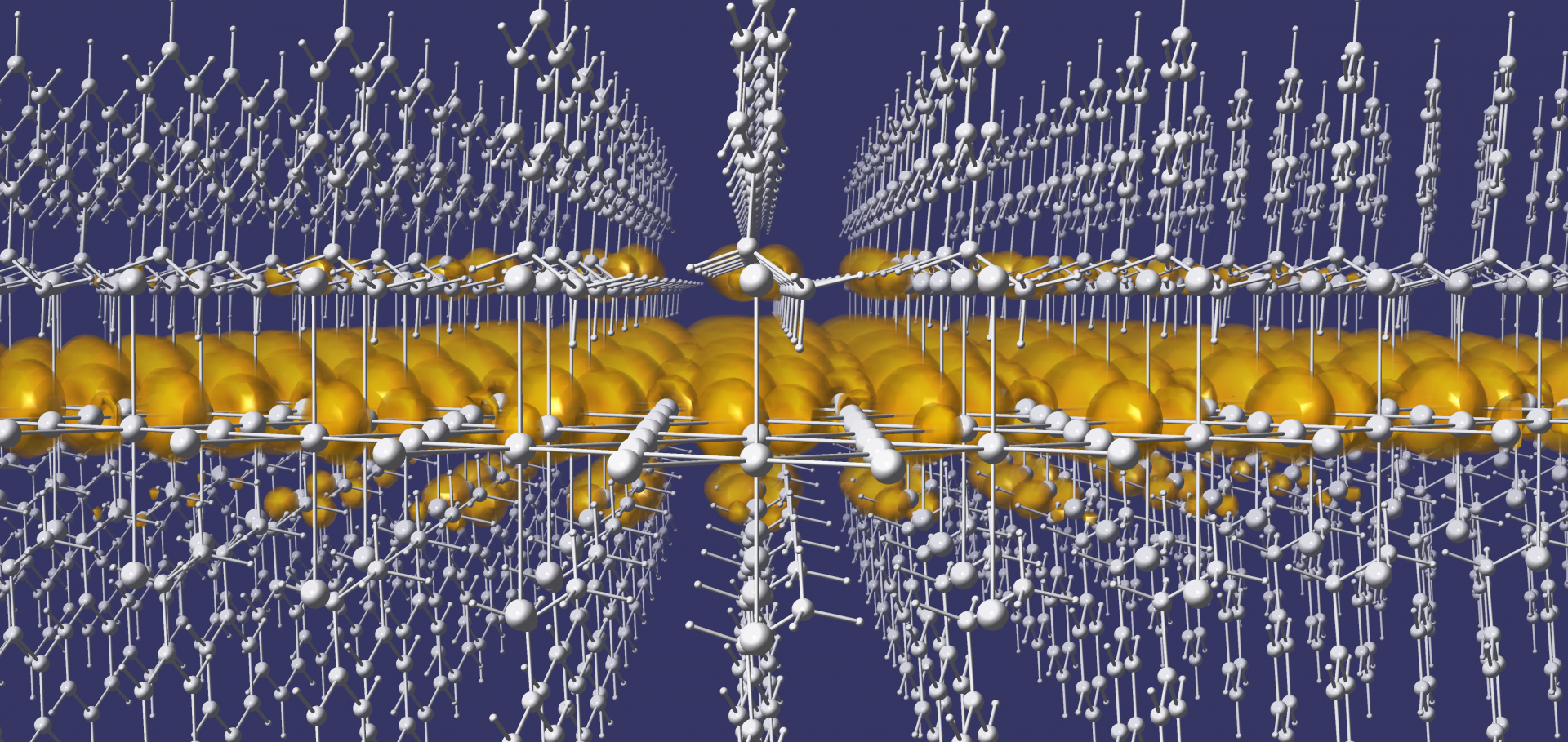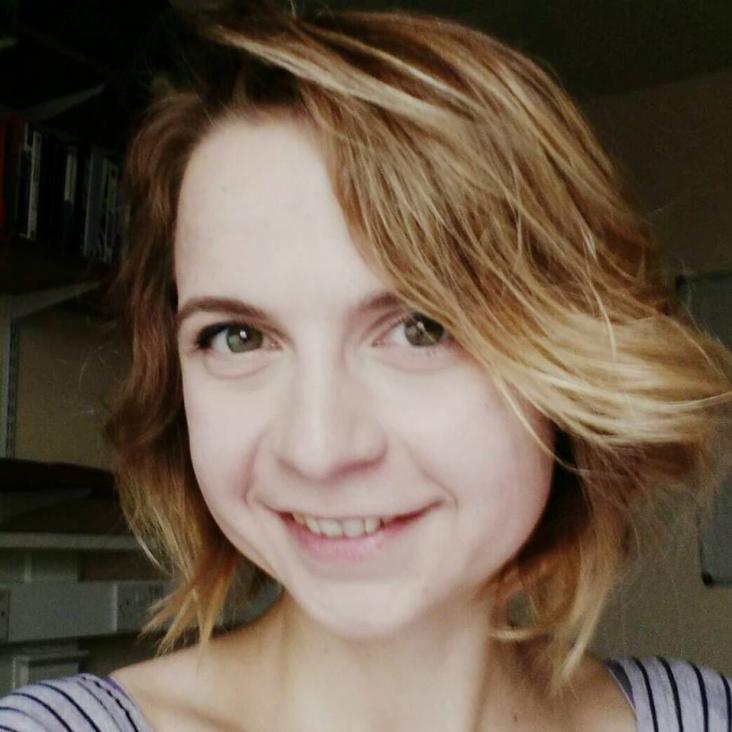Hybrid Halide Perovskites: Fundamental Theory and Materials Design
(2018)
Cubic or orthorhombic? Revealing the crystal structure of metastable black-phase CsPbI3 by theory and experiment
ACS Energy Letters American Chemical Society 3 (2018) 787-1794
Abstract:
Room-temperature films of black-phase caesium lead iodide (CsPbI3) are widely thought to be trapped in a cubic perovskite polymorph. Here, we challenge this assumption. We present structural refinement of room temperature black-phase CsPbI3 in an orthorhombic polymorph. We demonstrate that this polymorph is adopted by both powders and thin-films of black-phase CsPbI3, fabricated either by high- or low-temperature processes. We perform electronic band structure calculations for the orthorhombic polymorph and find agreement with experimental data and close similarities with orthorhombic methylammonium lead iodide. We investigate the structural transitions and thermodynamic stability of the various polymorphs of CsPbI3, and show that the orthorhombic polymorph is the most stable among its other perovskite polymorphs, but it remains less stable than the yellow non-perovskite polymorph.The geometric blueprint of perovskites
Proceedings of the National Academy of Sciences National Academy of Sciences 115:21 (2018) 5397-5402
Abstract:
Perovskite minerals form an essential component of the Earth’s mantle, and synthetic crystals are ubiquitous in electronics, photonics, and energy technology. The extraordinary chemical diversity of these crystals raises the question of how many and which perovskites are yet to be discovered. Here we show that the “no-rattling” principle postulated by Goldschmidt in 1926, describing the geometric conditions under which a perovskite can form, is much more effective than previously thought and allows us to predict perovskites with a fidelity of 80%. By supplementing this principle with inferential statistics and internet data mining we establish that currently known perovskites are only the tip of the iceberg, and we enumerate 90,000 hitherto-unknown compounds awaiting to be studied. Our results suggest that geometric blueprints may enable the systematic screening of millions of compounds and offer untapped opportunities in structure prediction and materials design.Bimolecular recombination in methylammonium lead triiodide perovskite is an inverse absorption process
Nature Communications Springer Nature 9 (2018) 293


